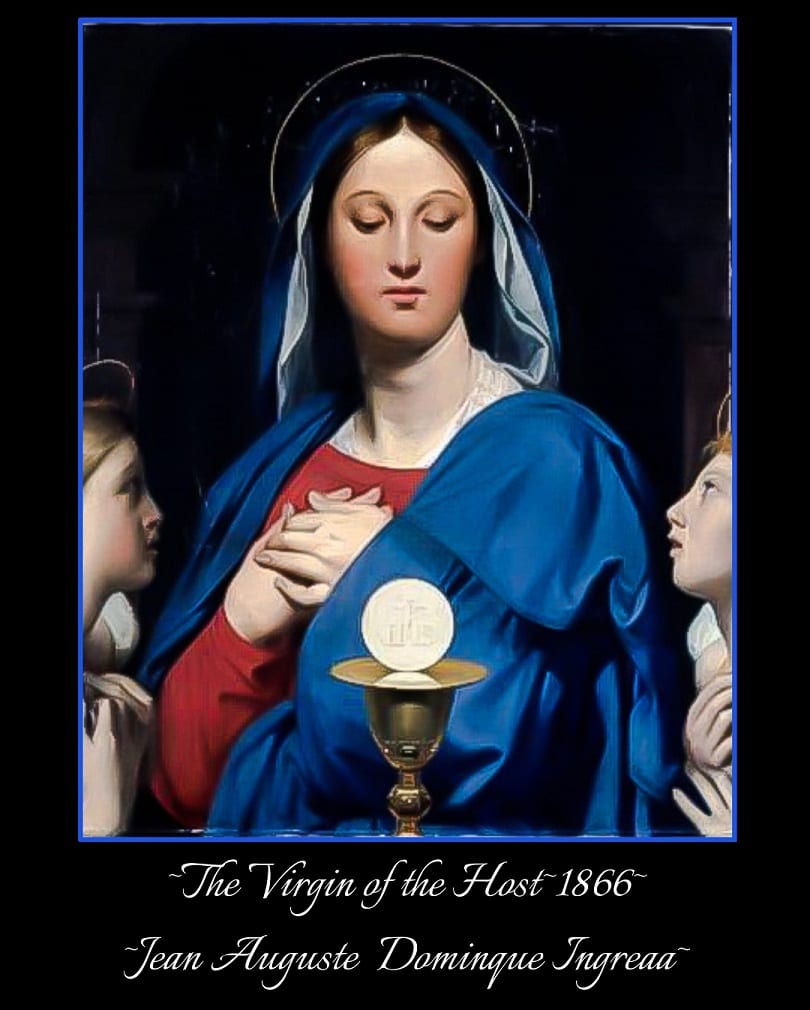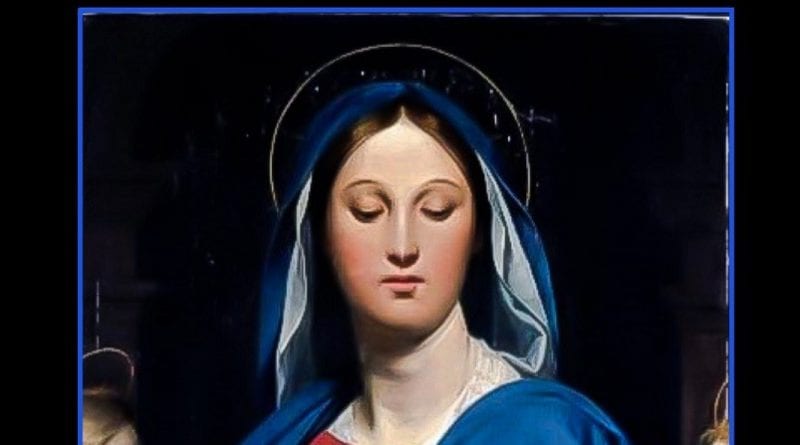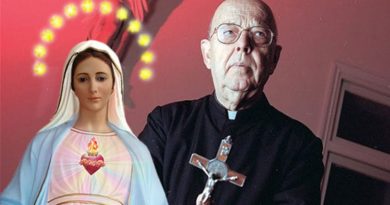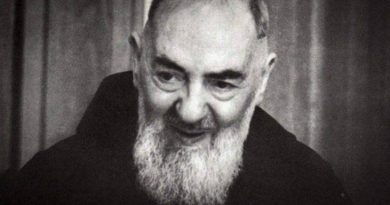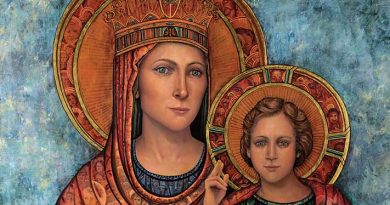Mary’s Many Titles
The Many Titles of Our Lady
If you are Catholic, you have, undoubtedly, heard Our Lady referred to by many titles and perhaps you have wondered why so many and what do they mean. You may be familiar with some and never have heard of others. One of my favorite titles for Mary is Theotokos, a Greek word meaning Mother of God, or
The Litany of
The Litany of Loreto includes forty-five titles for Mary
These titles are organized in what we would think of as categories
So, here you have some of Mary’s title with which you are familiar. But what about all the others? What are they, why were they given and what do they mean?
Some of the Lesser Known Titles of Our Lady
I don’t know how many titles, in total, have been given to Our Lady. Some are devotions, some are from Marian apparitions and many were given by saints. Although I don’t know every title, I do know that there are many; far too many to include in one article. So, I’m going to give a few and in the future, offer more articles with more titles. There will probably be titles with origins I cannot explain but I’ll do my best to offer as much information as I am able to find.
Unwatered Vineyard of Immortality’s Wine
This title was given to Our Lady somewhere about the year 650 by Saint John Damascene, a Doctor of the Catholic Church. He used it in a writing on the Assumption (or Dormition) of Mary. He wrote, “”For there was need that this dwelling meet for God, this undug well of remission’s waters, this unploughed field of heaven’s bread, this unwatered vineyard of immortality’s wine, this olive-tree of the Father’s compassion,
Immaculata
Immaculata is the Latin form of the word, immaculate or pure. This title for Mary originates from her title, Immaculate Conception, which began in Lourdes, France, when Mary identified herself to Saint Bernadette saying, “I am the Immaculate Conception.” Although the title is commonly known, the title, Immaculata, is not often used in present times. Saint Maximilian Kolbe always addressed Our Lady as Immaculata.
For many years, Saint Maximilian Kolbe questioned why Mary referred to herself as the Immaculate Conception. He saw this as nearly calling herself divine and he knew that Our Lady is not divine and was far too humble to refer to herself as such. Divinity is God’s alone. He did not quite comprehend why Mary, who was immaculately conceived, would use the grace of her conception as her name. He had always thought of the Holy Spirit as the Immaculate Conception and the Holy Spirit is divine. After many years of struggling with this question, he came to the realization that Mary is the created Immaculate Conception and the Holy Spirit is the uncreated Immaculate Conception. To explain his theory further — his belief was that Mary was created in time while the Holy Spirit always existed and was not created but was begotten. With this in mind, he concluded that Mary was the created Immaculate Conception and the Holy Spirit, because it is a part of the Trinity and was “begotten”, is the uncreated Immaculate Conception.
He explained in this way: “What kind of union is this? It is above all interior; it is the union of her very being with the being of the Holy Spirit. The Holy Spirit dwells in her, lives in her, from the first instant of her existence, and he will do so always, throughout eternity… This uncreated Immaculate Conception conceives divine life immaculately in the soul of Mary, his Immaculate Conception. The virginal womb of her body, too, is reserved for him who conceives there in time—everything material comes about according to time—the divine life of the God-Man.”
City of Refuge
Refuge is shelter or protection. Mary is our shelter. In the Litany of Loreto, Mary is referred to as Refuge of sinners. The title City of Refuge is basically the same. This version of the title originated with Saint Anthony of Padua when he wrote: “Seek refuge in Mary because she is the city of refuge. We know that Moses set up three cities of refuge for anyone who inadvertently killed his neighbor. Now the Lord has established a refuge of mercy, Mary, even for those who deliberately commit evil. Mary provides shelter and strength for the sinner.”
Our Lady of the Fields
The Cathedral of Our Lady des Champs (Our Lady of the Fields) was blessed by Saint Denis, the first Bishop of Paris, in the year 250. The land was originally the site where pagans worshipped Ceres, the pagan goddess of agriculture.
Mother of the Eucharist
We know that Jesus is the Eucharist so it is easy to understand why Mary would be called Mother of the Eucharist.
Saint Thomas Aquinas wrote, “The flesh of Jesus is the maternal flesh of Mary, the blood of Jesus is the maternal blood of Mary. Therefore it will never be possible to separate Jesus from Mary.”
Saint Augustine wrote that “Jesus took His Flesh from the flesh of Mary.” And Pope Emeritus Benedict XVI eloquently said, “May Mary, who bearing Jesus in her womb was the first living “tabernacle” of the Eucharist”
Marilyn Nash
